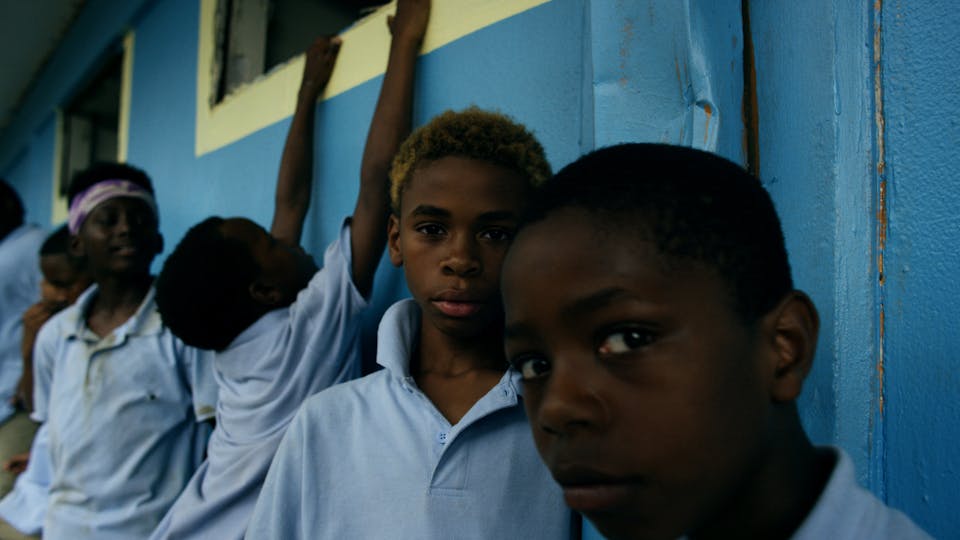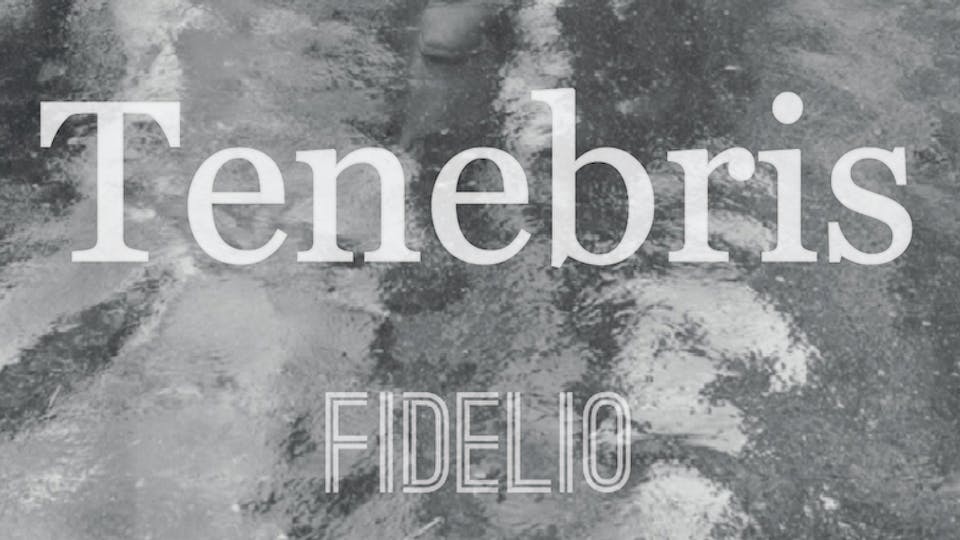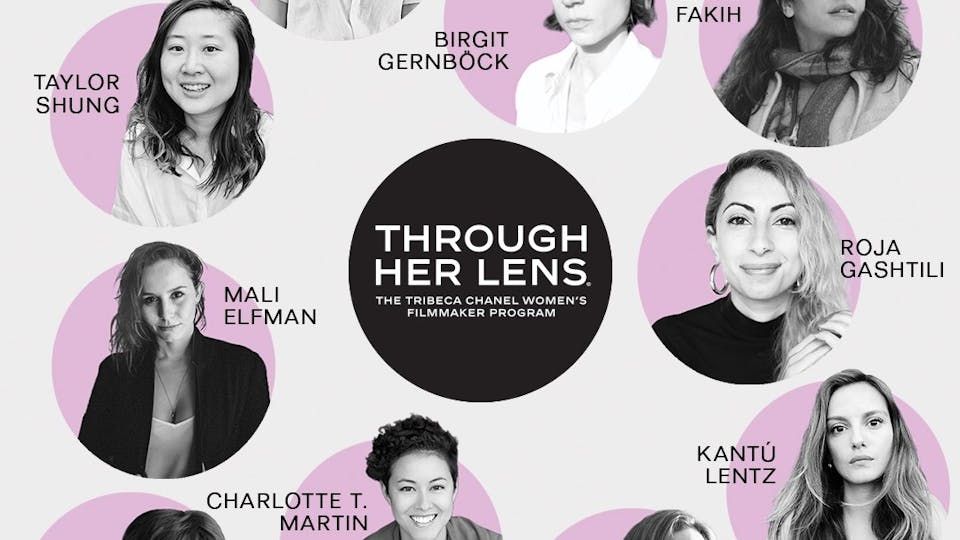5 Major Influences From Ed Perkins

Leading up to the premiere of his film Garnet's Gold (TFI Documentary Fund alum) at the Tribeca Film Festival tomorrow, director Ed Perkins shares with us the major influences behind his debut feature which follow's one man's extraordinary adventure to find a hidden treasure—and as Perkins highlights with beautiful cinematography and a touching score—discovers so much more.

It has taken the better part of 4 years, on and off, to bring to the screen and for much of that time I had no funding, no assurance that the film would ever see the light of day, and, to be honest, no idea what the film was actually about. It can take a somewhat irrational confidence to keep going under such circumstances.
However, throughout this process there were a number of major influences that hardened my resolve to see this film get made and inspired the way in which I tried to tell Garnet's story.
THE MAN HIMSELF
I first met Garnet Frost in 2010. Armed with a bundle of maps, an infectious enthusiasm and a disarming eccentricity, I was immediately drawn into his world. Over the course of the next year I spent a lot of time with Garnet, his extraordinary mother, and wonderful friends. I spent countless hours absorbed by his plans to travel up to Scotland in search of Bonnie Prince Charlie's lost gold, his new theories for where exactly it might be hidden, his elaborate plans to build flying machines.
For much of that time I was still grappling to understand the deeper meaning of Garnet's journey, but I always suspected that it might lead to somewhere more emotional—more human—than a literal pot of gold.
I am immensely indebted to Garnet for many things—his startling honesty and openness make the film what it is and I have enormous respect for him and the journey he has undertaken. But on top of all this, his sheer patience with me over four long years—and his never ending enthusiasm whenever I turned up at his front door—is something for which I can never thank him enough. It has been a true privilege to get to know this extraordinary and brave man.
THE FILM
The more I became immersed in Garnet's enigmatic world, the more I felt that his own story deserved to be told with all the lyricism and poetry found in the books and artwork that filled every room of his house.
There is no reason why a documentary film cannot be every bit as lyrical, cinematic and stylistically ambitious as the very best narrative feature. On the contrary many of my favorite documentaries achieve exactly this. Man on Wire, Bombay Beach, One Day In September, Werner Herzog's The White Diamond, The Imposter. All extraordinary films that are as visually striking and emotionally compelling as any non-fiction drama.
And so while is very much a non-fiction film, it is consciously not filmed like a traditional verite documentary. For example, it became increasingly obvious that while the narrative spine of the film was Garnet's physical journey deep into the Scottish Highlands in search of lost gold, the more interesting and important journey of the film was actually an emotional one. It was a journey that happens almost entirely inside Garnet's head. I needed to find a way of translating this emotional journey onto the screen, and I knew that I didn't want to make the kind of documentary that turned to Garnet at poignant moments and asked “How do you feel?” I didn't want the audience to know exactly how he felt. I wanted to maintain a degree of ambiguity, and leave the audience to come to their own conclusions. And so the storytelling happens as much through allegorical imagery, music and sound design as it does through dialogue and verite scenes.
LESS IS MORE
I always wanted this film to be an immersive experience for audiences, and music was to be a key part of that. It has been amazing to collaborate with Academy Award-nominated J. Ralph, who has written a stunning original score for the film. Beginning with the solitary piano notes of the opening scene and ending with the triumphant original song “Until The End” performed by Liza Minnelli & Wynton Marsalis, J. Ralph's score adds depth and nuance throughout.
Moreover, we shared a strong belief that for a story like this, less really is more. And this became the defining concept as the film moved into the edit. Influence by films such as Le Quattro Volte, I wanted to see how much we could pair back our story. Could we, for example, play out the final act of the film with almost no dialogue? What impact would that have on the audience?
And so when we began editing Garnet's Gold with our brilliant editor Paul Carlin, we first put together a very long, three hour rough cut. This contained everything. Every step of the journey was signposted. Every bit of historical research was spelt out. Every character was formally introduced. And then we just started to remove things. We removed all the narrative signposts, all the character introductions, all the exposition. We stripped the film back and back until the point at which if you took anything else out, the whole thing fell apart. And then we stopped.
THE STRUCTURE
In addition to simplifying, the main challenge in the edit was to find a narrative structure that allowed Garnet's emotional journey to drive the film forward. We needed to reveal new information at key points throughout the journey, and this often meant breaking the chronology of Garnet's literal journey into the Highlands by hearing from voices in London when we were supposed to be in Scotland.
One of the earliest film references was Sean Penn's Into The Wild. This remarkable film tells the story of Christopher McCandless—known better perhaps as his alias 'Alexander Supertramp'—who abandoned his worldly possessions and hitchhiked to Alaska to live alone in the wilderness. While there are some obvious narrative similarities—the voyage into the wilderness, the focus on the introspective journey as much as the physical one etc—what really captured my imagination when watching Into The Wild was the film's complex, nonlinear narrative structure and use of flashbacks.
Using this as a reference, we decided to adopt a series of subtle flashbacks in the second half of the film—not to verite scenes but to emotional revelations – that allowed Garnet's physical journey to remain chronological while ensuring that the emotional narrative arc continued to develop at the heart of the film.
THE TEAM
One of the biggest lessons I have learned throughout this process is that just having a good story and a camera is not enough. You also need—and this is perhaps the hardest thing because it requires a hefty dose of luck—to try to surround yourself with people who are far more experienced and far more talented than you are! I have been immensely fortunate to work with an amazing team (Simon Chinn at Red Box Films and John Battsek, George Chignell and Nicole Stott at Passion Pictures) who have allowed me to follow through with my original vision for the film, have been instrumental in shaping the tone and feel of the film, and have rescued me from the many mistakes and wrong turns that I took along the way. To collaborate with such established and successful filmmakers has been an enormous privilege. There wouldn't be a film at all without them.
[Photos: Still from Garnet's Gold (top); director Ed Perkins]






